
Date: 9 October 2017
Caused by cool outside temperatures, this natural phenomenon causes the exterior of glass to become wet and misty, usually in the spring and autumn months.
The use of modern, highly-efficient thermal glazing has made a substantial contribution to energy savings from our homes and reduced or even eliminated internal condensation, which has been known to lead to serious health conditions.
Under some conditions, though, condensation can occur on the outer surface as it is much cooler due to the highly energy efficient glazing, allowing less heat to escape through the glass. This will usually quickly disappear as the outside temperature increases.
However, where there are large expanses of glass such as bi-fold doors, this can be noticeable early in the morning. So how can you prevent it happening? Choosing a product like Pilkington Anti-condensation Glass can help. It keeps the temperature of external glass warmer than usual – limiting the amount of condensation or stopping it forming altogether.
This pioneering product can be combined with some of the most popular thermally-efficient glass ranges, including Pilkington K Glass™ range and Pilkington Optitherm™ to create complete, insulated glazing units.
Hard-wearing and easy to keep clean, Pilkington Anti-condensation Glass can be laminated, toughened and bent into shape, allowing it to be used in a wide range of commercial and domestic settings – leaving everyone able to enjoy a warm property and a room with a view, whatever the weather.
If you’d like to know more about Pilkington Glass, click here.
 600450
600450





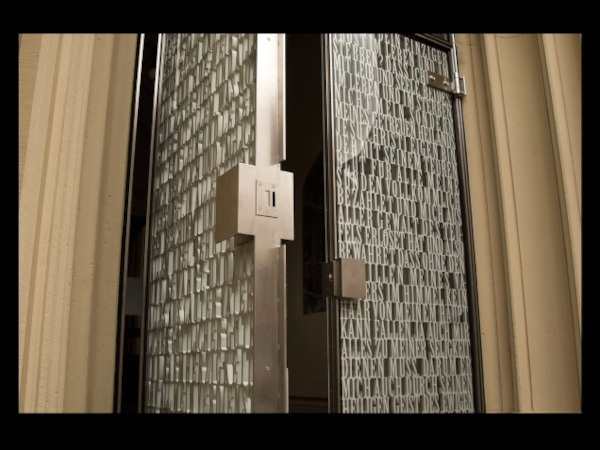








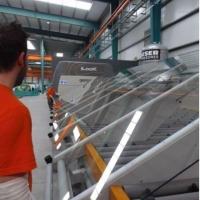

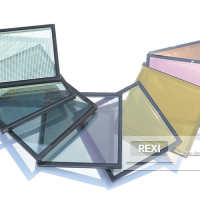

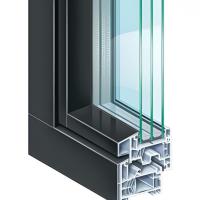
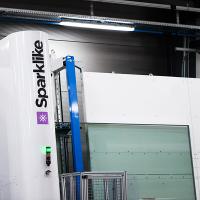
Add new comment